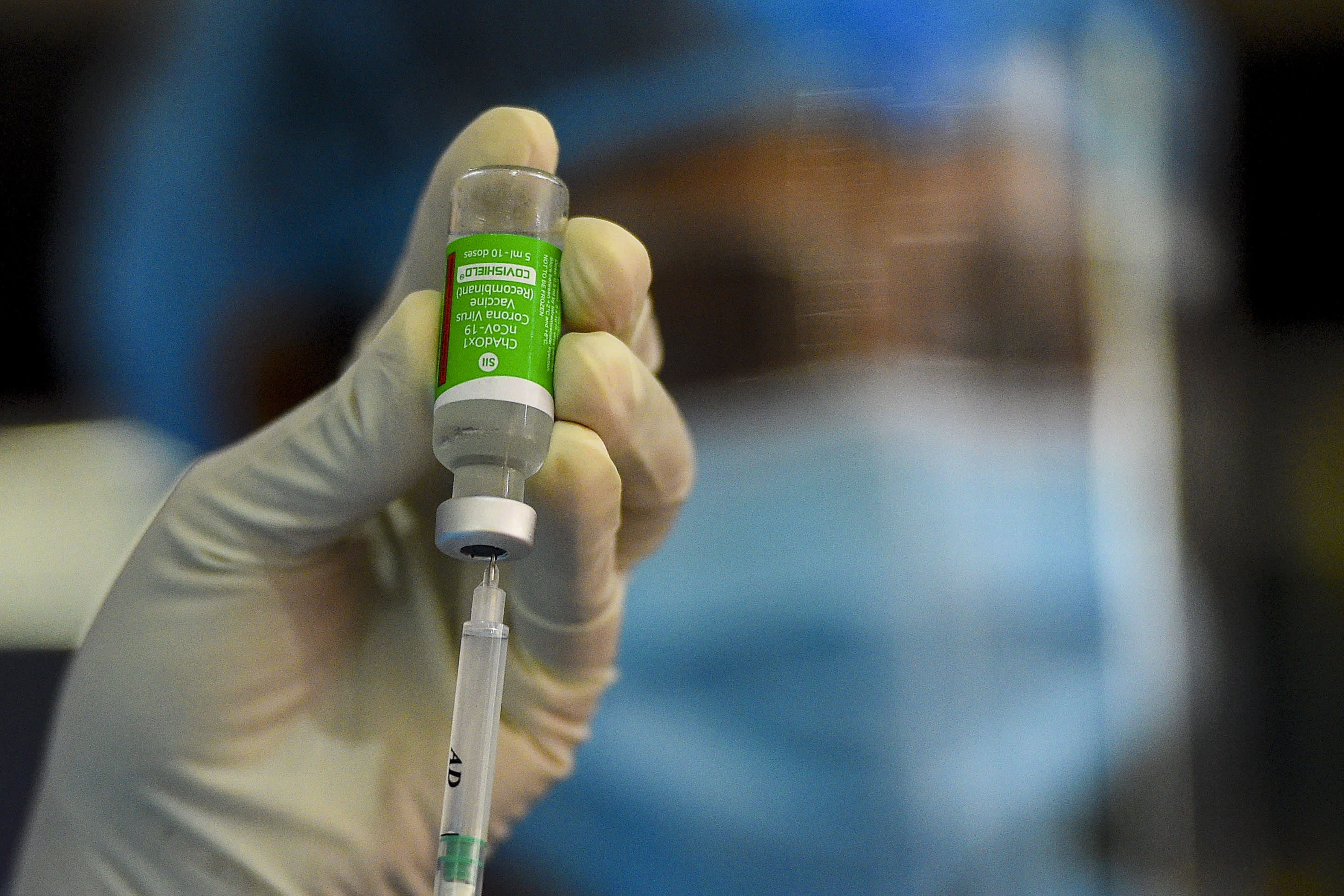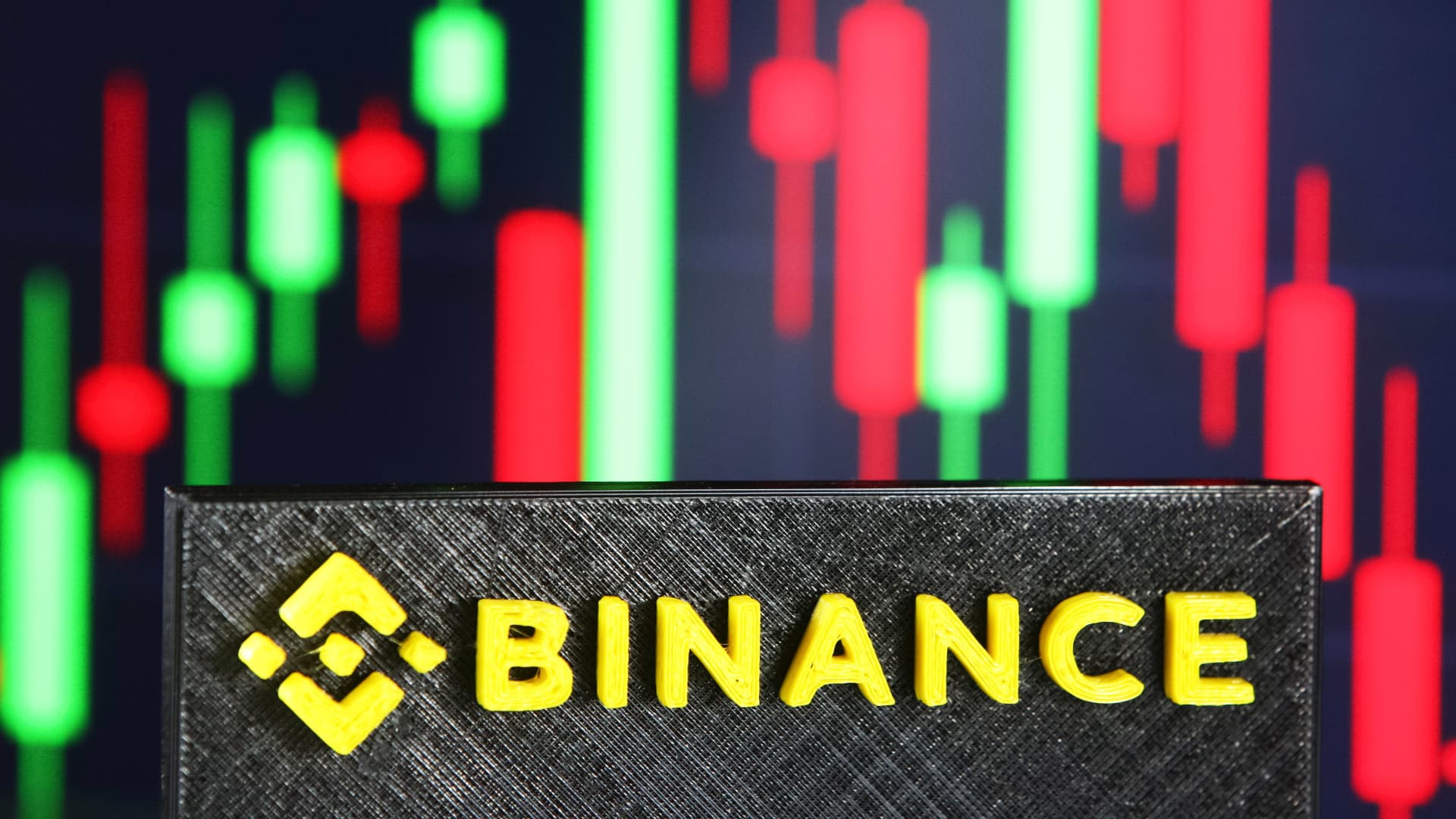Producer prices rose 11.2% from a year ago in March, the biggest gain on record
The PPI, which measures the prices paid by wholesalers, increased 11.2% from a year ago, the most in a series going back to November 2010.

The prices that goods and services producers receive rose in March at the fastest pace since records have been kept, the Bureau of Labor Statistics reported Wednesday.
The producer price index, which measures the prices paid by wholesalers, increased 11.2% from a year ago, the most in a data series going back to November 2010. On a monthly basis, the gauge climbed 1.4%, above the 1.1% Dow Jones estimate and also a record.
Stripping out food, energy and trade services, so-called core PPI rose 0.9% on a monthly basis, nearly double the 0.5% estimate and the biggest monthly gain since January 2021. Core PPI increased 7% on a year-over-year basis.
PPI is considered a forward-looking inflation measure as it tracks prices in the pipeline for goods and services that eventually reach consumers.
Wednesday's release comes the day after the BLS reported that the consumer price index for March surged 8.5% over the past year, above expectations and the highest reading since December 1981.
On the producer side, prices for final demand goods led with a 2.3% monthly rise, while services prices gained 0.9%, up sharply from the 0.3% February increase. Goods inflation has outstripped services during the Covid pandemic, but March's numbers indicate that services are now catching up as consumer demand shifts.
Energy prices were the biggest gainer for the month, rising 5.7%, while food costs increased 2.4%.
Swelling inflation has prompted the Federal Reserve to begin tightening monetary policy.
In March, the Fed increased its benchmark short-term borrowing rate by 0.25 percentage point as the first step in what is expected to be a series of hikes through the year. Markets are pricing in an almost certainty that the central bank will double that move at its May meeting, and will keep going until the fed funds rate hits about 2.5% by the end of the year.
Markets initially showed no reaction to the PPI news, with stock market futures hovering around flat and Treasury yields also little changed.

 Fransebas
Fransebas 






























